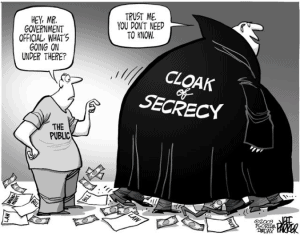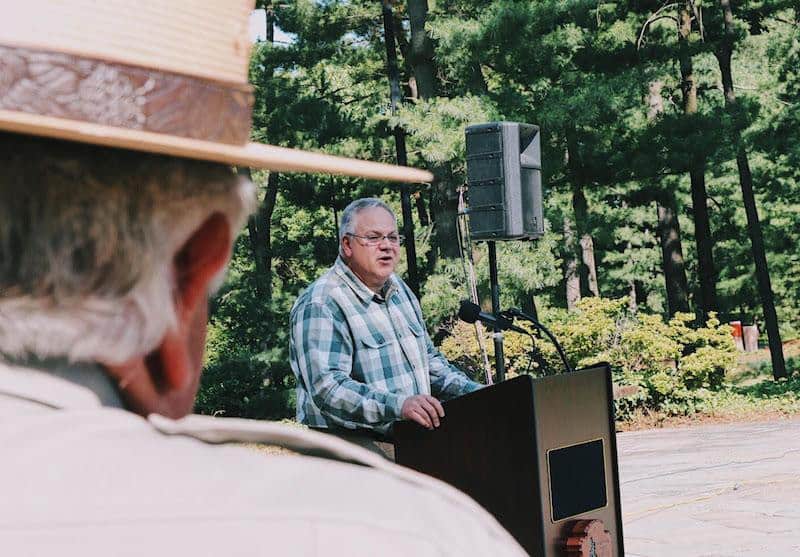The Center for Western Priorities had some interesting stuff today. This looks like a great idea to me, public input to prioritize parcels for improved access. But the question I always ask is… would this make sense for the FS and BLM to do together in some way, even though the FS does not have the Dingell Act? Perhaps the FS could somehow coast on Interior’s coattails?
The Bureau of Land Management unveiled a new online portal where members of the public can nominate parcels of land for improved access. The agency is looking for help identifying parcels where recreational opportunities are high, but access is difficult or impossible. BLM will use this process to create a priority list of parcels that Congress could make accessible.
There are currently 8.3 million acres of public land that remain inaccessible to the public due to inholdings of private land and other barriers. Taking action to open this land to public access is beneficial for hikers, anglers, and hunters. It will allow recreationists to enjoy public land without risking a trespassing lawsuit, which has been highlighted in the ongoing corner-crossing case in Wyoming.
“It is clear the American public is passionate about increasing access to public lands,” BLM Director Tracy Stone-Manning said in a statement. “This new technology to gather nominations will help us organize what we anticipate will be an equally robust response in 2022.”
And on the below topic.. I disagree with Aaron that one more political appointee will help the process of doing more leasing. In fact, it seems that given what political appointees actually say (if we assume that doing and saying are related; not always clear for those of a political bent), probably fewer of them are needed (and more career employees).
Interior nominee kept waiting over Manchin energy demands
Environmental groups are increasingly frustrated by delays to confirm Interior nominee Laura Daniel-Davis in the Senate. The stalled nomination is indicative of the larger political battle over fossil fuel development on public lands. Senate Energy and Natural Resources Chair Joe Manchin delayed the confirmation in March while he waited to see how the administration responded to his demands for more fossil fuel production on public lands. Aaron Weiss, deputy director of the Center for Western Priorities said confirming Daniel-Davis would help address lawmaker concerns, and added, “If you want Interior to get moving on this stuff, give Interior the people to do it.”


